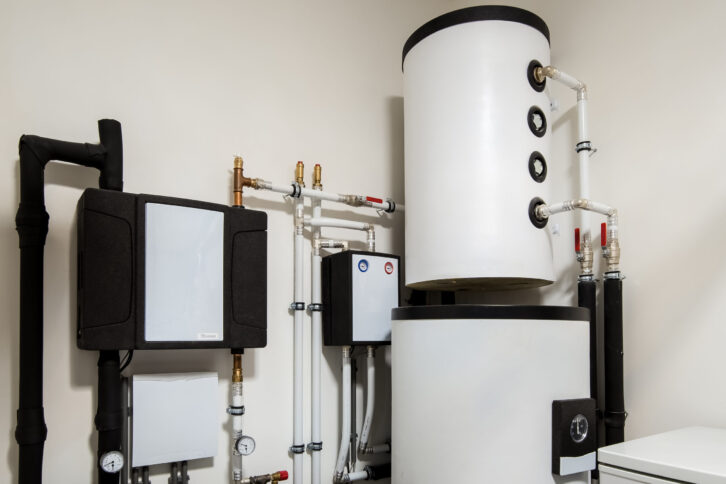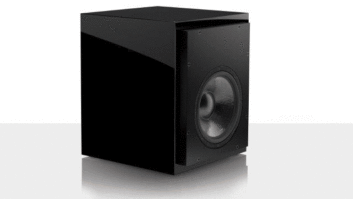
Editor’s Note: This article originally ran on Independent Thinking, Nationwide Marketing Group’s official blog, and is republished with permission. For more information, visit nationwidegroup.org/independentthinking/.
If you’ve been following the news and updates related to the Inflation Reduction Act, you’re probably wondering what’s been going on since the state-level programs of the legislation were first announced back in August 2022. Frankly, you haven’t missed much since there hasn’t been a whole lot going on, publicly, regarding these programs.
Behind the scenes, however, there have been significant and ongoing efforts around these programs, including the development of the state application process by the U.S. Department of Energy, the advancement of funds to the states to prepare and apply for the rebate programs, the development of best practices by DOE to help states fill out and submit their applications, and the development of software, controls and processes to manage the rebates.
On January 17th, the DOE announced that it received its first applications from four states: California, Hawaii, New Mexico and New York. These applications are now being reviewed by DOE. Modifications may be needed, but once processed, those states will be funded and ready to begin planning their launch. Some of these states will likely have their programs up and running by mid-2024, which is exciting for those states and the consumers who will be eligible for rebates through these programs.
Now, though, the attention turns to retailers in those states – and others throughout the rest of the country who will be closely watching – who need to be prepared for customers who come into their stores either preapproved for or seeking a rebate through these programs. What role will they play? How will they process these rebates? And what are the states and DOE doing to ensure retailers are prepared to work with these potential customers?
Since the beginning of this process, Nationwide Marketing Group has been working closely with DOE to ensure independent retailers have answers to all of those questions and more. With a firm seat at the table in ongoing discussions, independent retailers will have access to the tools and resources they need to help their customers throughout the entire rebate process.

What we’ve learned from DOE is that there will be two ways for an independent retailer to process IRA transactions. One is through an API from the retailer’s existing POS system to the DOE rebate system. The other is a manual process. We’ll briefly explain how each process works.
After the IRA programs were announced, DOE engaged with PNNL (Pacific Northwest National Labs) to build the workstreams for all the different rebate scenarios. They came up with 18 different scenarios that consider options where a retailer or contractor is involved, or if a homeowner is attempting DIY work. Using these 18 scenarios, PNNL is developing some very sophisticated software that, when tied into a retailer’s POS system through an API, will do the heavy lifting on some critical verification steps, including:
- Make sure the customer has gone through the income verification step
- Making sure the address where the home upgrade will be installed qualifies
- Determining the dollar amount of the incentive based on the product selected
- Making sure the vendor is qualified
- Ensuring the incentive does not exceed any cap that may apply
- Creating a reservation of state funds for the home upgrade
- Creating a coupon code that is issued to the retailer/contractor and redeemable through the state
- Capturing post-installation information to allow the release of funds to the retailer/contractor
- Enabling returns and exchanges by the customer
As you can tell from the scenarios listed above, using the API will be the preferred approach to ensure all the necessary steps are followed. To that end, Nationwide has introduced the DOE and PNNL teams to all the major POS vendors used by our Members and many other nonaffiliated independent retailers. The goal is to have our POS vendor partners build a connection to the DOE’s API so that all the verification steps listed above are handled seamlessly rather than needing to be done manually.
If a retailer is not able to access the API for one of many reasons, all of the steps outlined above will have to be managed and verified manually. Fortunately, we have made it clear to the DOE that they need to develop manual processes for each of the steps above to not exclude any independent retailer from being able to participate in the IRA rebate programs. We have been assured that is their plan.
So, what about the other 46 states that have not yet applied? Each state has until August 2024 to make their intentions known to DOE in terms of whether or not they will apply for this program – or if they’ll develop their own system to handle these rebates. After that, states who say they intend to apply will have until January 31, 2025, to submit their application. DOE is regularly updating the website linked here with the application status for all states.
You will notice on that list that each state has only applied for the “Home Electrification and Appliance Rebates.” There is another IRA program sometimes referenced as HOMES that deals with energy efficiency. Each program has about the same amount of incentive dollars. Fortunately, the Home Electrification and Appliance Rebates is the one with a focus on heat pump dryers, electric stoves/cooktops, and heat pump water heaters. It also has a focus on low-income households.
Any retailer that operates in more than one state should be aware that even if each state they operate in uses the DOE rebate system, that does not mean the program will be the same in each state. DOE also shared that some states are thinking about putting all the incentives towards multifamily and some all towards low-income households. Finally, some states may not use the retail channel at all for their IRA programs, instead opting to rely solely on contractors.
Nationwide will continue to monitor the progress of these rebate programs and work with DOE to keep the independent retail channel at the forefront of these discussions.
See also: Another View: The Role Of AI In Retail












